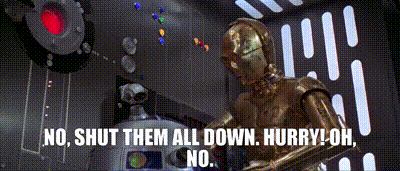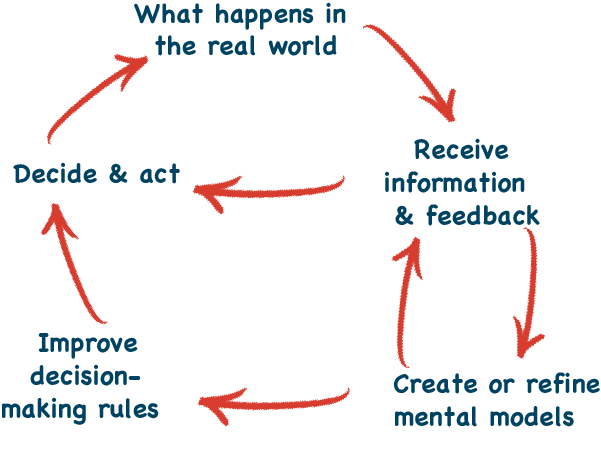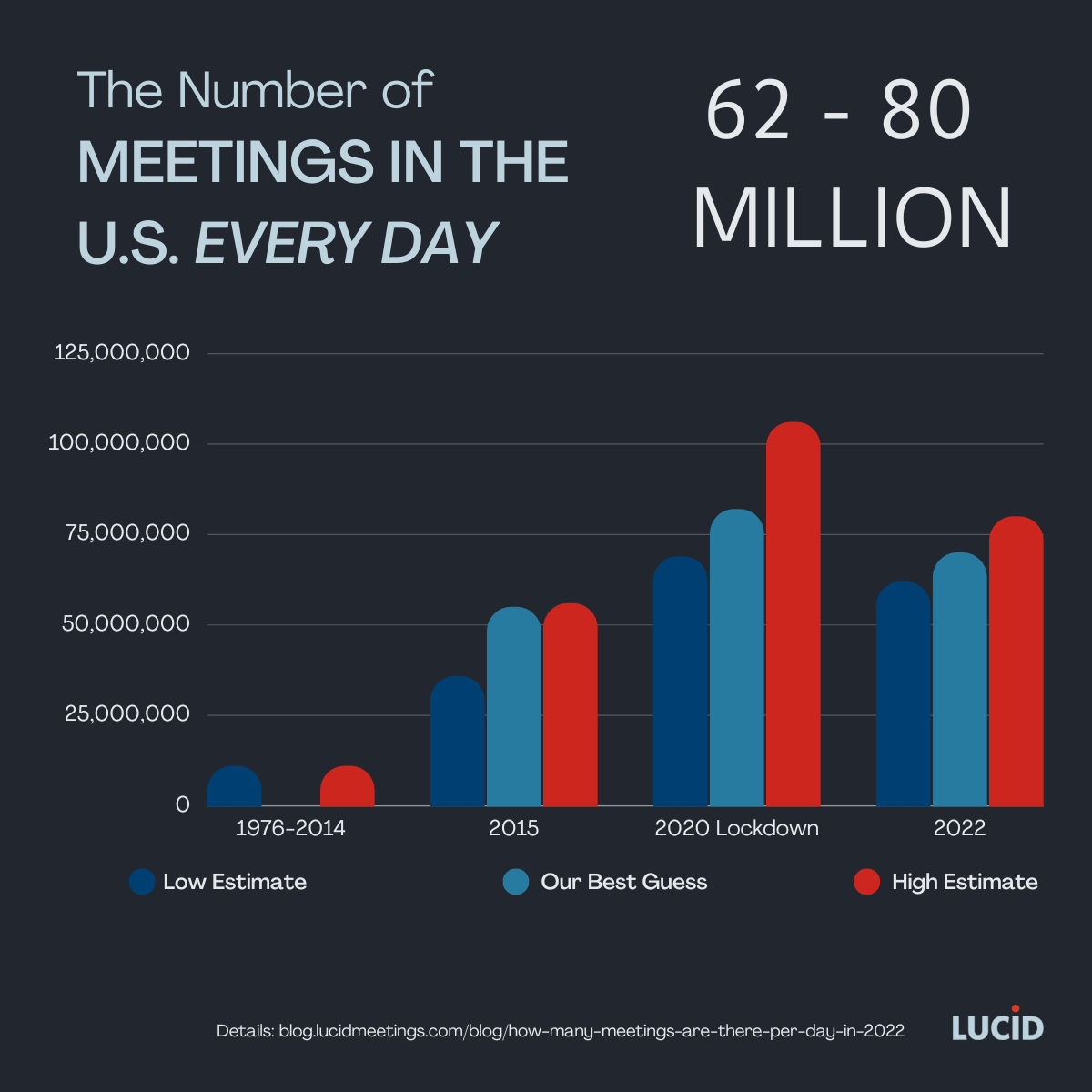The 3 Root Causes of Chronically Bad Meetings
All of them.

For some, this intervention provides a much-needed break and the time they needed to redesign a more thoughtful approach. See the HBR article Meeting Overload is a Fixable Problem by Rebecca Hinds and Bob Sutton for an example.
(You can find several more examples in this Meeting Innovation Community discussion thread.)
For others, their calendars quickly fill back up, just like a trash heap in the belly of a starship.
That’s because interventions like these don’t address the root causes of ineffective meetings. We’ve found that there are three underlying root cause problems that lead to chronically bad meetings.
Problem 1: Lack of skills
Fewer than 22% of business leaders receive meeting skills training, which leads to foundational misunderstandings about how to lead productive meetings.
A common example: even though most people believe an agenda is a key ingredient for a productive meeting, most invitations do not include an agenda. When they do, many mistakenly think that an agenda should include a list of topics to discuss.
This is ineffective. Instead, an agenda should include a simplified overview of the planned meeting process. And contrary to popular belief, agendas are not required. Process, however, is.
Happily, this is the easiest problem to fix. Our Meeting School courses are a great place to start, and they’re on sale next week. Isn’t that good news? 
Problem 2: An inability to apply meeting skills in the current environment (No agreements)
This is huge. People who know better often find themselves quietly going along to get along. In the absence of strong leadership or clear agreements, social conformity wins.
Because meetings are a team activity, each person watches to see what everyone else is doing and then follows suit. Does everyone keep their cameras off? Do people put meetings on each other’s calendars without asking, fail to RSVP, show up late, multi-task, drone on, etc. etc.? These are all signs of a meeting system that’s emerged out of habit rather than design.
The solution to this one involves the creation of a well-designed meeting operating system and clear working team agreements.
At Lucid, we help organizations design their meeting systems in our live programs. You can get started on your own by using the guides in this article:
A Process for Navigating Your Company’s Changing Way of Working
Problem 3: Broken organizations with a big gap between what needs to be done and what the system is designed to do.
Meeting overload is especially problematic for large organizations adhering to hierarchical management structures. Every bureaucratic rule that makes it harder for the people doing the work to make decisions, access resources, and adapt their approach to the situation creates more meetings.
These groups meet often because their systems are designed to:
- Compartmentalize pre-defined job responsibilities
(even though people must constantly evolve to stay current in their fields), - Ensure management oversight
(even though managers can’t possibly keep up and become bottlenecks), - Predict and plan performance
(even though circumstances demand frequent reprioritization) - Control and remove risk
(even though moving cautiously increases the risk of becoming obsolete)
Knowledge workers who find themselves trapped in industrial-era business structures are forced to meet if they want to get anything done. There’s no other way to get around all the matrixed mess of red tape. These chronically bad meetings are the symptom, not the cause, of a deeper structural deformity.
The solution to this problem includes learning meeting skills and designing an effective meeting operating system as part of a larger organizational design initiative. In fact, as Aaron Dignan points out in his book Brave New Work, redesigning the leadership team’s meetings is often a great place to begin.
What’s your experience?
Let me know: which of these problems have you seen? More importantly, how have you overcome them?



